Explore the bold, refreshing world of Oroshi Soba—a beloved noodle dish that defines Fukui Prefecture’s culinary identity. With its striking flavors and deep historical roots, this simple yet powerful meal continues to draw food lovers from across Japan. From its distinctive use of grated spicy daikon to its centuries-old origin, Oroshi Soba offers more than just nourishment—it tells a story.
What is Oroshi Soba?
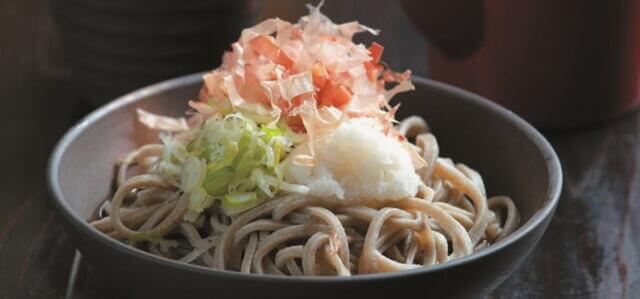
Locals in Fukui Prefecture embrace Oroshi Soba not as a seasonal novelty, but as a year-round staple—even in the freezing chill of winter. They slurp cold soba noodles topped with freshly grated spicy daikon, bonito flakes, and chopped green onions. The dark-colored noodles, often made using an 80/20 ratio of buckwheat to wheat flour (known as nihachi soba), deliver a firm, chewy bite that perfectly supports the vibrant toppings. This also uses Yakumi when served.
Cooks in the Reihoku region take pride in using a pungent variety of daikon. Unlike the mild grated radish served elsewhere in Japan, this bold daikon lends a spicy edge that defines the Oroshi Soba experience. It’s not just a garnish—it’s the soul of the dish. Some versions even use daikon juice in the dashi broth, creating a sharp, invigorating flavor that balances the earthiness of the soba.
A Story That Spans Centuries
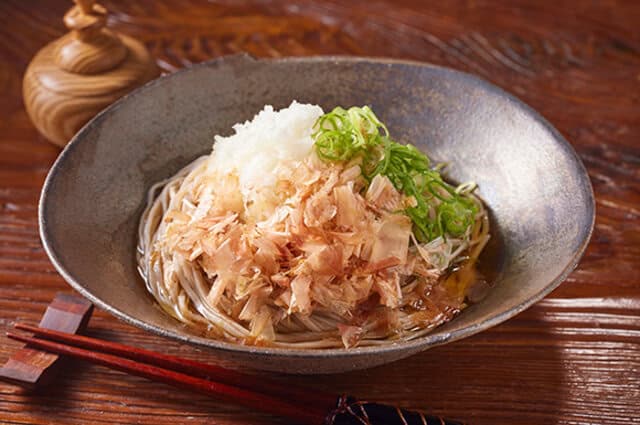
The story of Oroshi Soba stretches back more than 400 years. In 1601, Honda Tomimasa, the lord of Echizen Fuchu Castle, encouraged soba cultivation as a reliable emergency food. He also promoted eating soba with grated daikon, believing in its health benefits. Over time, this pairing became a local custom.
Later, as soba evolved from grain to noodle (sobakiri), the dish became more refined. But it wasn’t until Emperor Showa’s visit in 1947 that Oroshi Soba gained nationwide recognition. After eating two bowls, he reportedly commented on “that Echizen soba,” solidifying the dish’s legacy.
Fukui, now celebrated as a “Kingdom of Native Soba Varieties,” continues to use traditional stone-milling (hikigurumi) methods to grind whole buckwheat grains, preserving their full flavor. These techniques, passed down for generations, ensure that each bite of Oroshi Soba connects the past with the present.
Restaurant of Oroshi Soba
Amida Soba Yuhoan (あみだそば 遊歩庵)
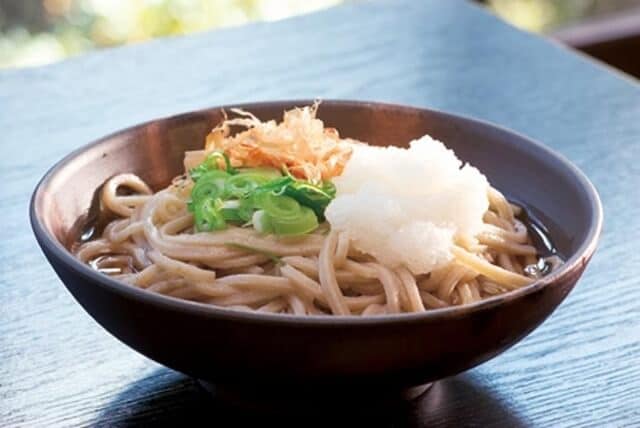
If you want to taste authentic Oroshi Soba in its hometown, Amida Soba Yuhoan in Fukui City offers the perfect introduction. Since opening in 1997, this soba specialty restaurant has proudly served noodles made from Ono Zairai-shu, a rare, locally produced buckwheat flour. Their version of Oroshi Soba features medium-thick, flat soba noodles with a pleasantly firm texture, topped with plenty of spicy daikon.
A Final Slurp
Oroshi Soba offers more than flavor—it delivers a slice of Fukui’s soul. The dish’s bold character, shaped by history and local pride, makes it unforgettable. Whether you’re drawn by the spicy daikon, the chewy soba, or the story behind it, Oroshi Soba deserves a place on your culinary map.
If this dish leaves you wanting more, explore similar Japanese noodles like Hiyashi Chuka (cold ramen), Zaru Soba (chilled soba with dipping sauce), Tororo Soba (with grated yam), or Kake Soba (soba in hot broth). Each one showcases a different side of Japan’s deep-rooted love for noodles. g a generous scoop of Beni Syoga. You’ll taste how this small but mighty condiment brings the entire dish to life. You should also read about Yakumi composed of all aromatic vegetables and spices in Japan.
FAQ
- What is Oroshi Soba?
It’s a buckwheat noodle dish served with grated daikon radish, a specialty of Fukui Prefecture.
- How is it usually eaten?
Cold soba noodles are topped with grated daikon and dipped in a light soy-based sauce.
- Why is grated daikon added?
It gives a refreshing, slightly spicy flavor that balances the soba.
- When is Oroshi Soba most popular?
Especially in summer, but locals enjoy it year-round.
- Can I find it outside Fukui?
Some soba restaurants in Japan serve it, but Fukui is the best place to try the authentic version.
- Is it vegetarian-friendly?
Often yes, but check the dipping sauce since it may contain fish stock.
- Why should tourists try Oroshi Soba?
It’s a refreshing and unique regional dish that showcases Japan’s soba culture.
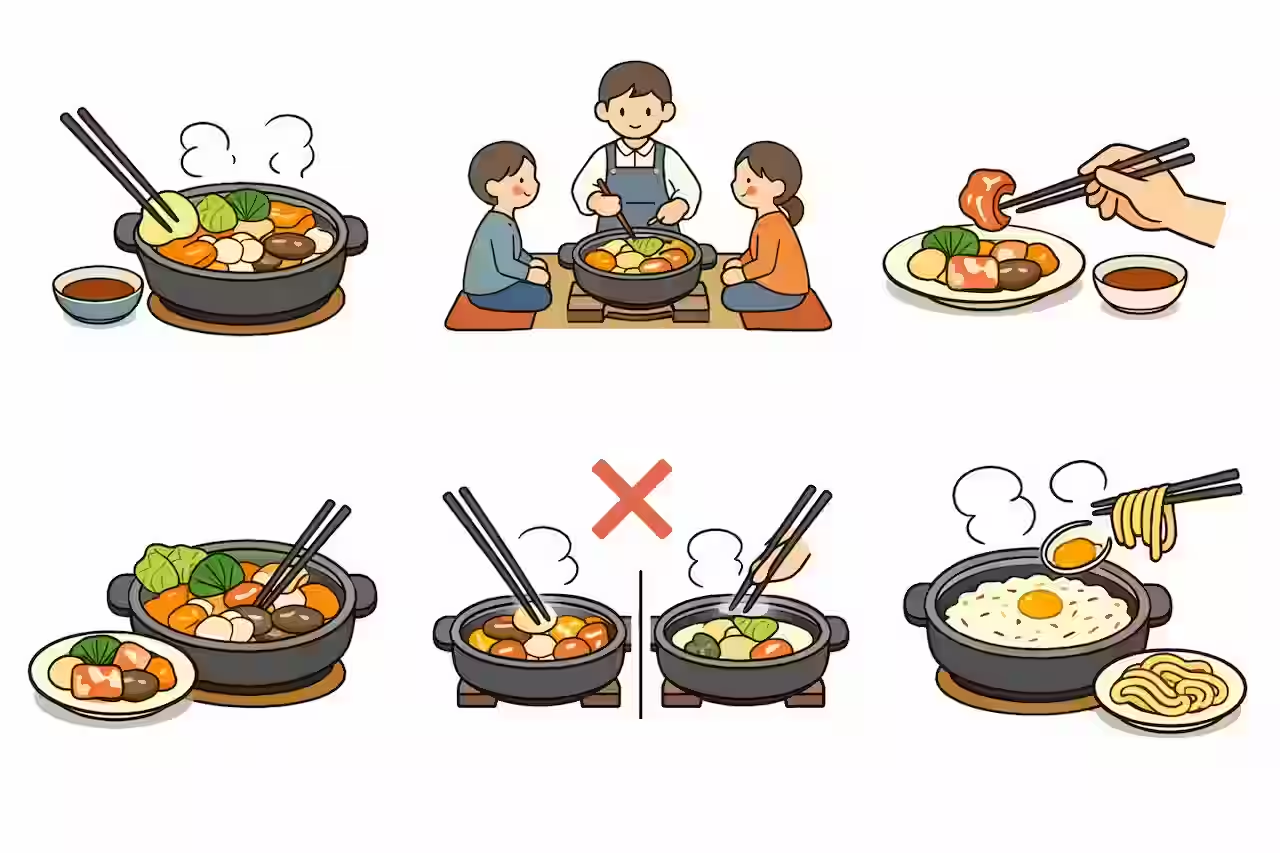
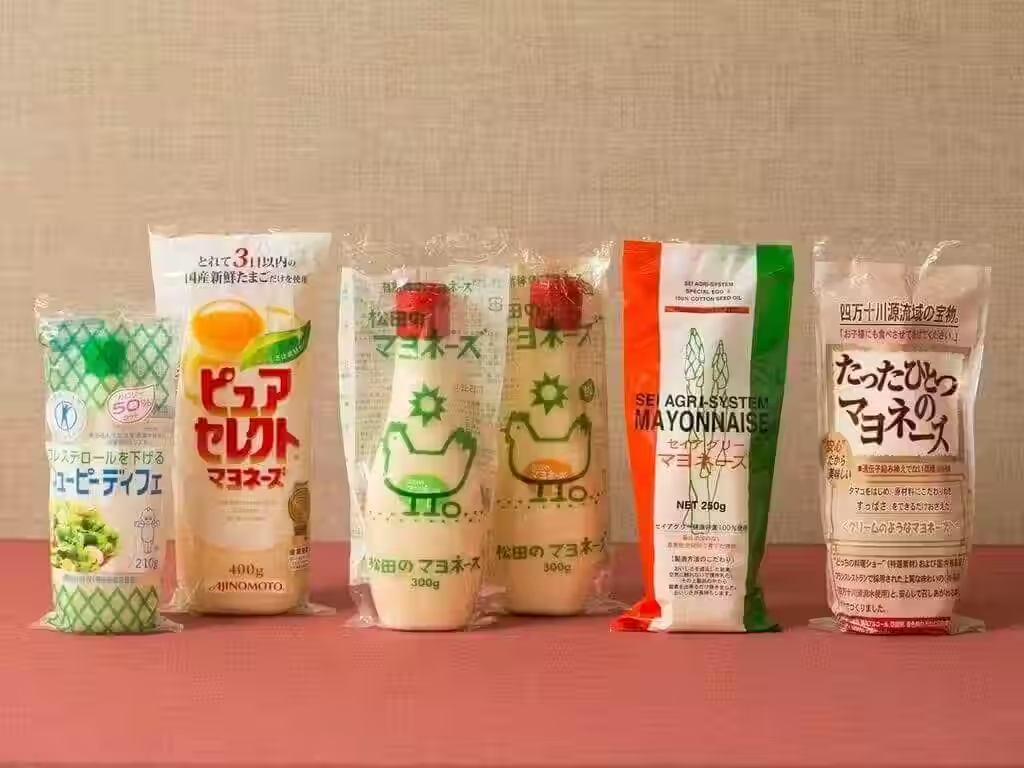
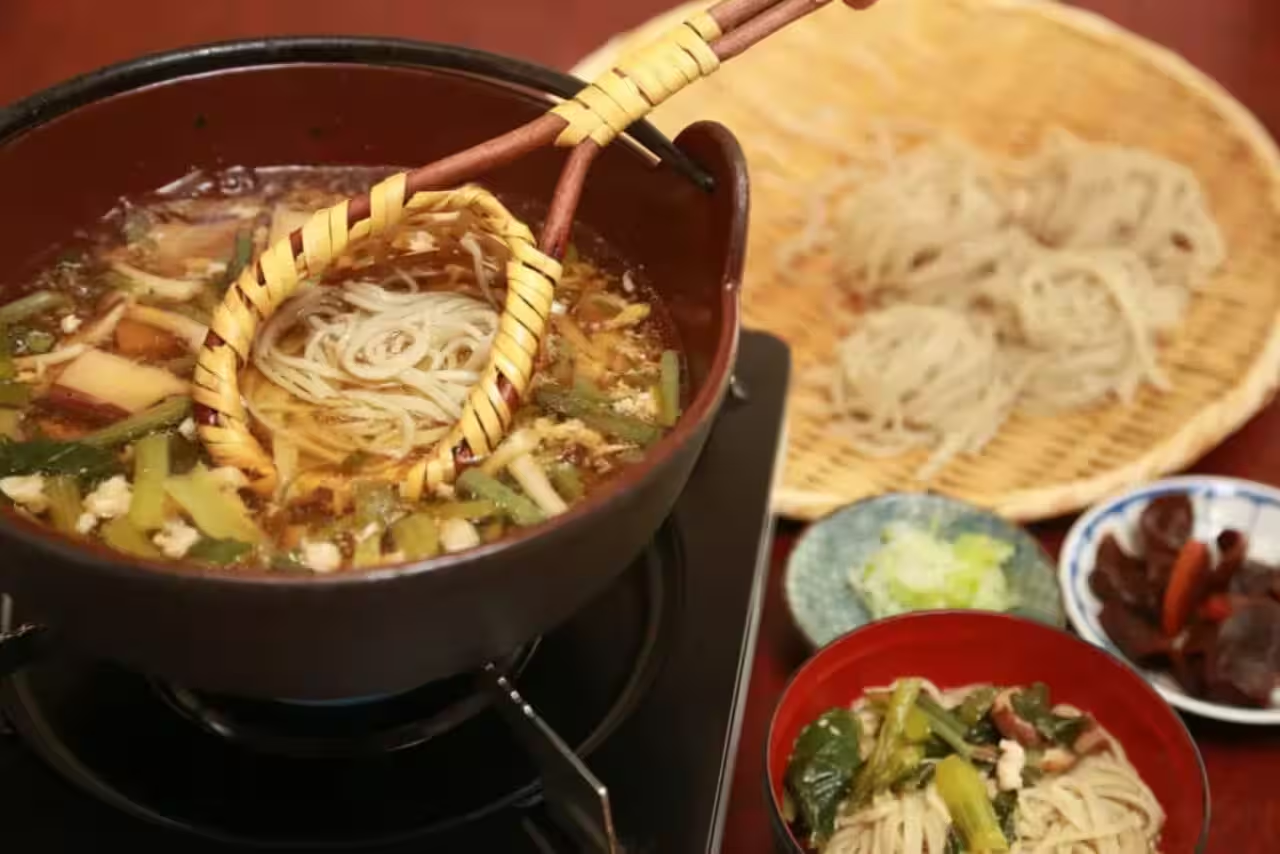

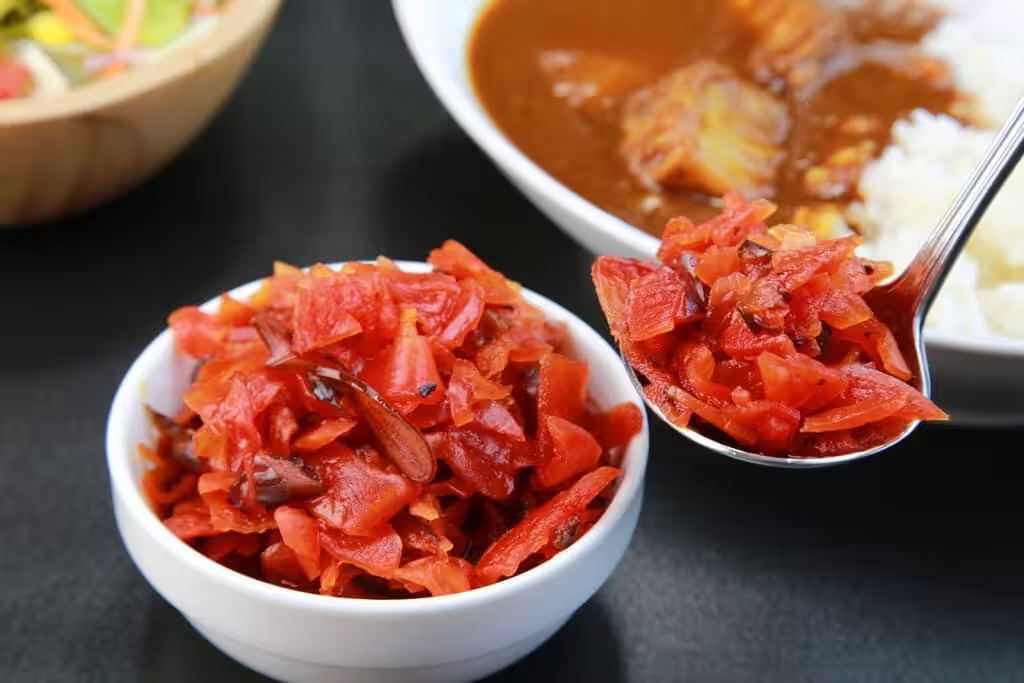


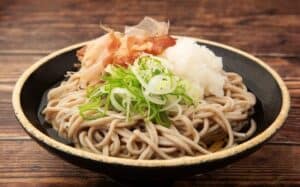
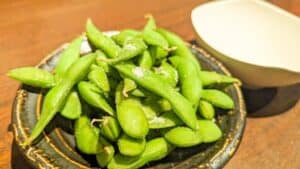
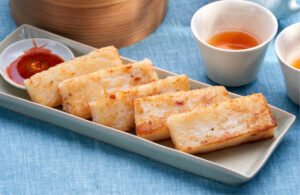

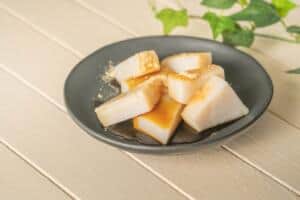
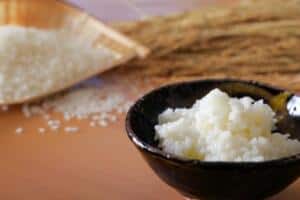
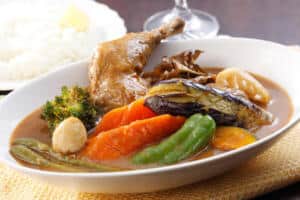
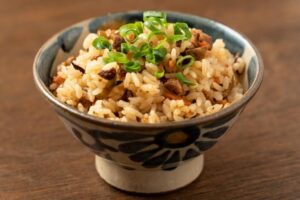
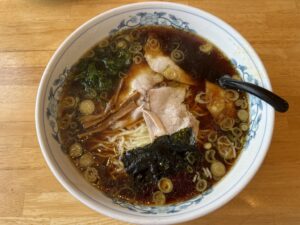
Comments